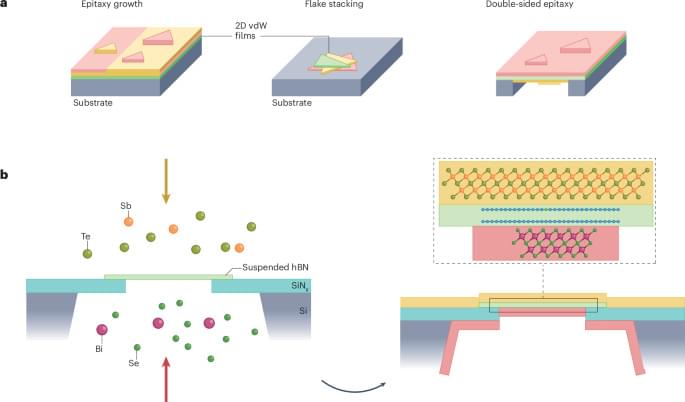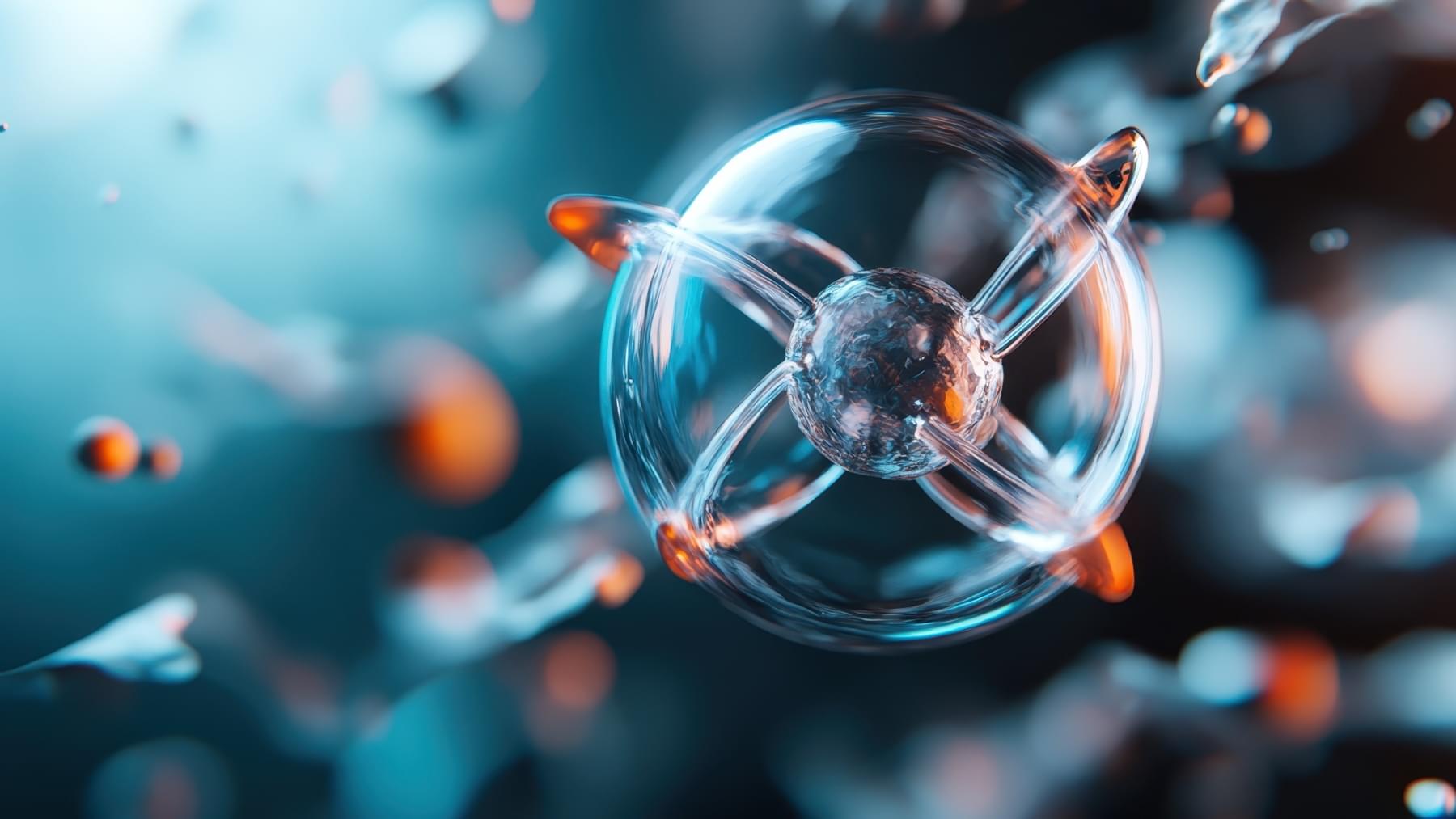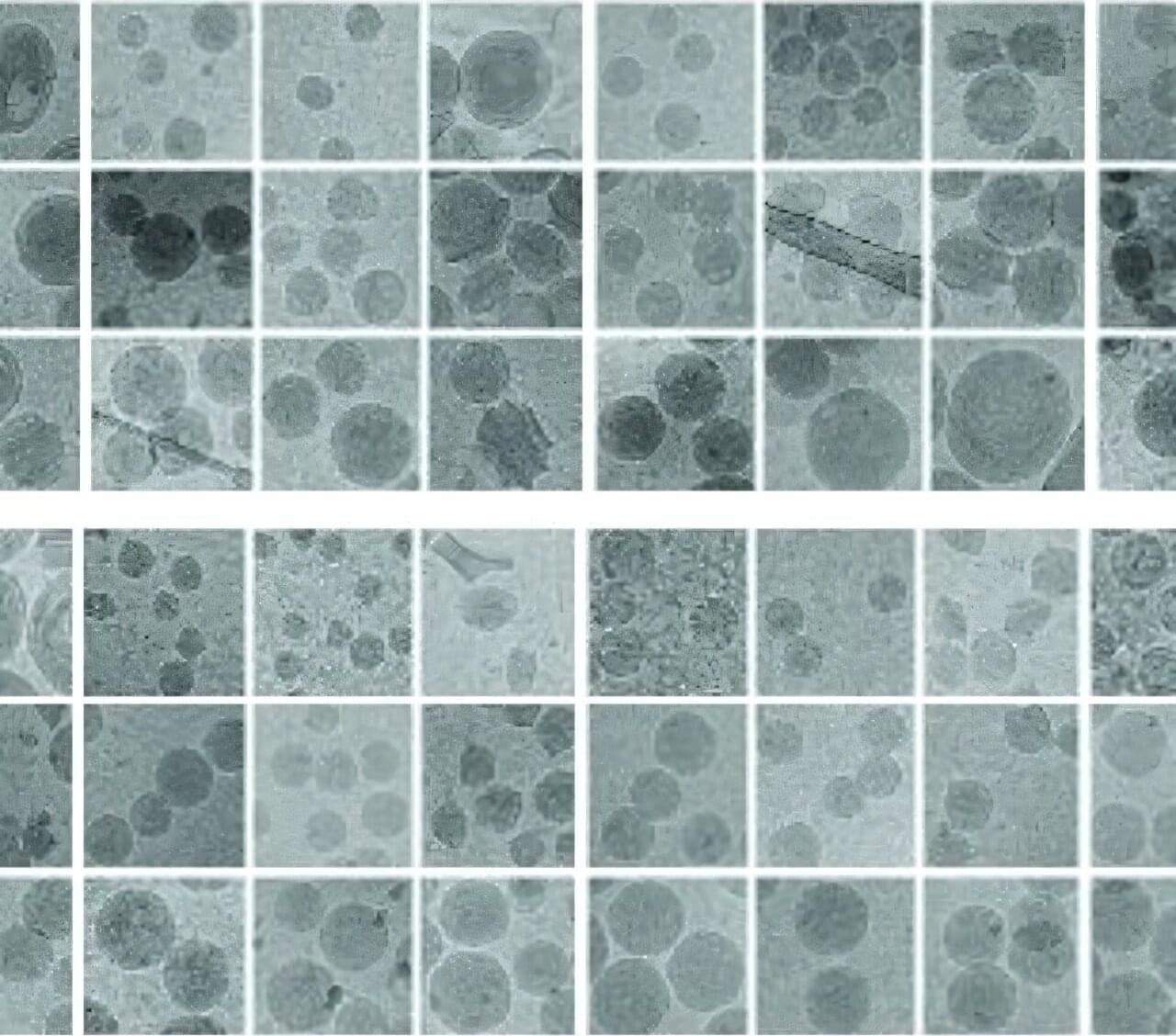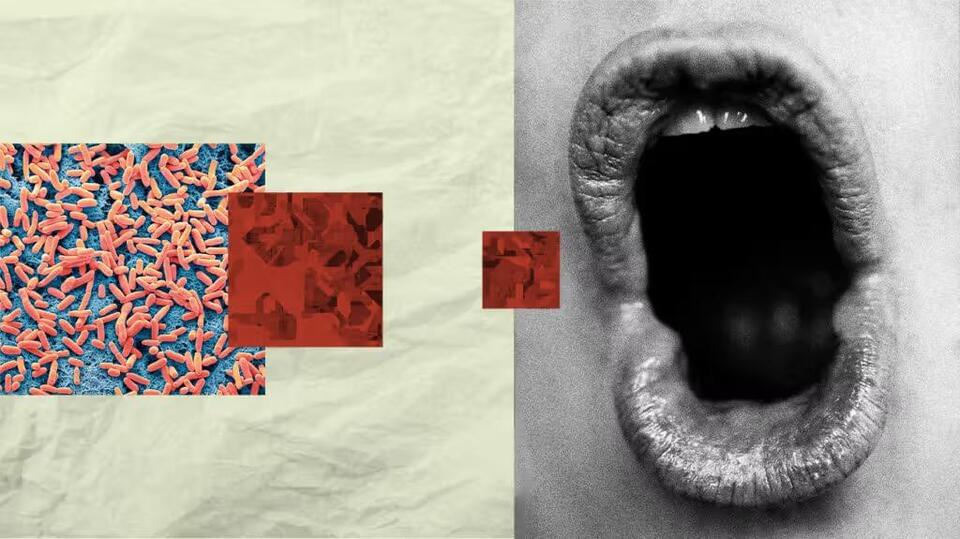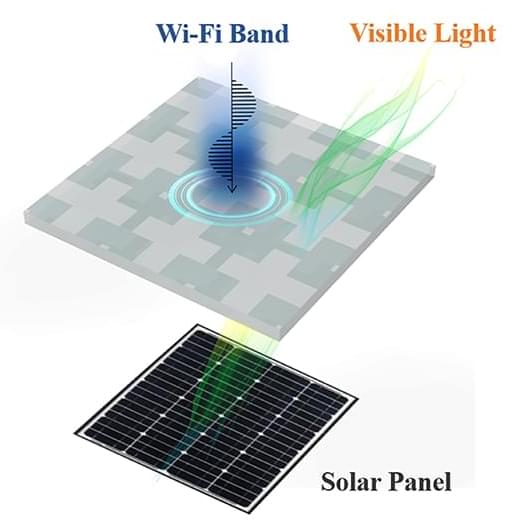Summry: New research reveals that dopamine plays a crucial role in teaching young male mice to fight, with the chemical’s influence diminishing as they gain experience. In novice fighters, boosting dopamine increased aggression, while blocking it stopped them from fighting.
However, experienced fighters showed no changes in behavior regardless of dopamine manipulation, highlighting the role of experience in shaping aggression. The study identifies the lateral septum as a key brain region for “aggression learning” in males, but no similar effect was observed in females.

